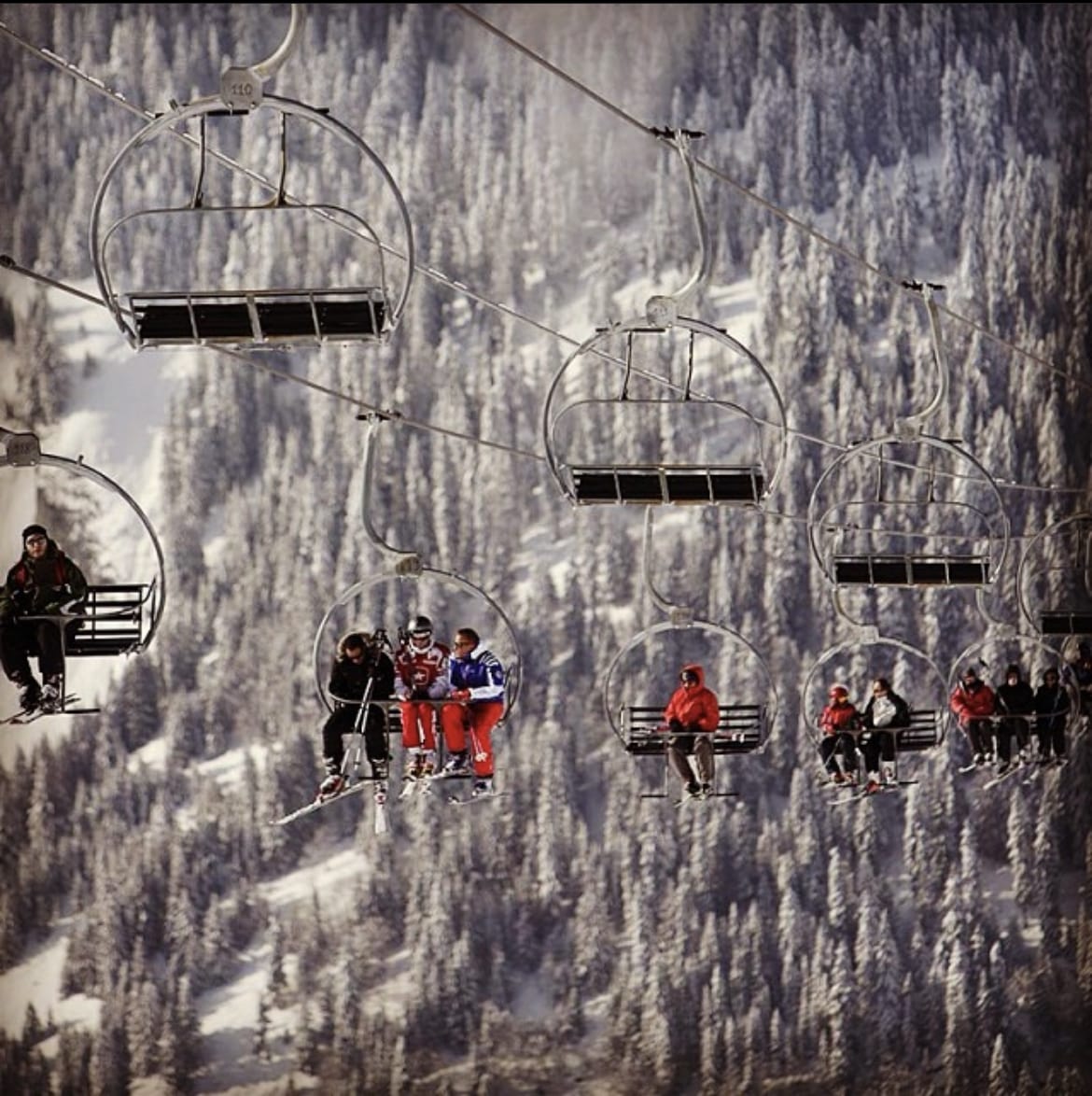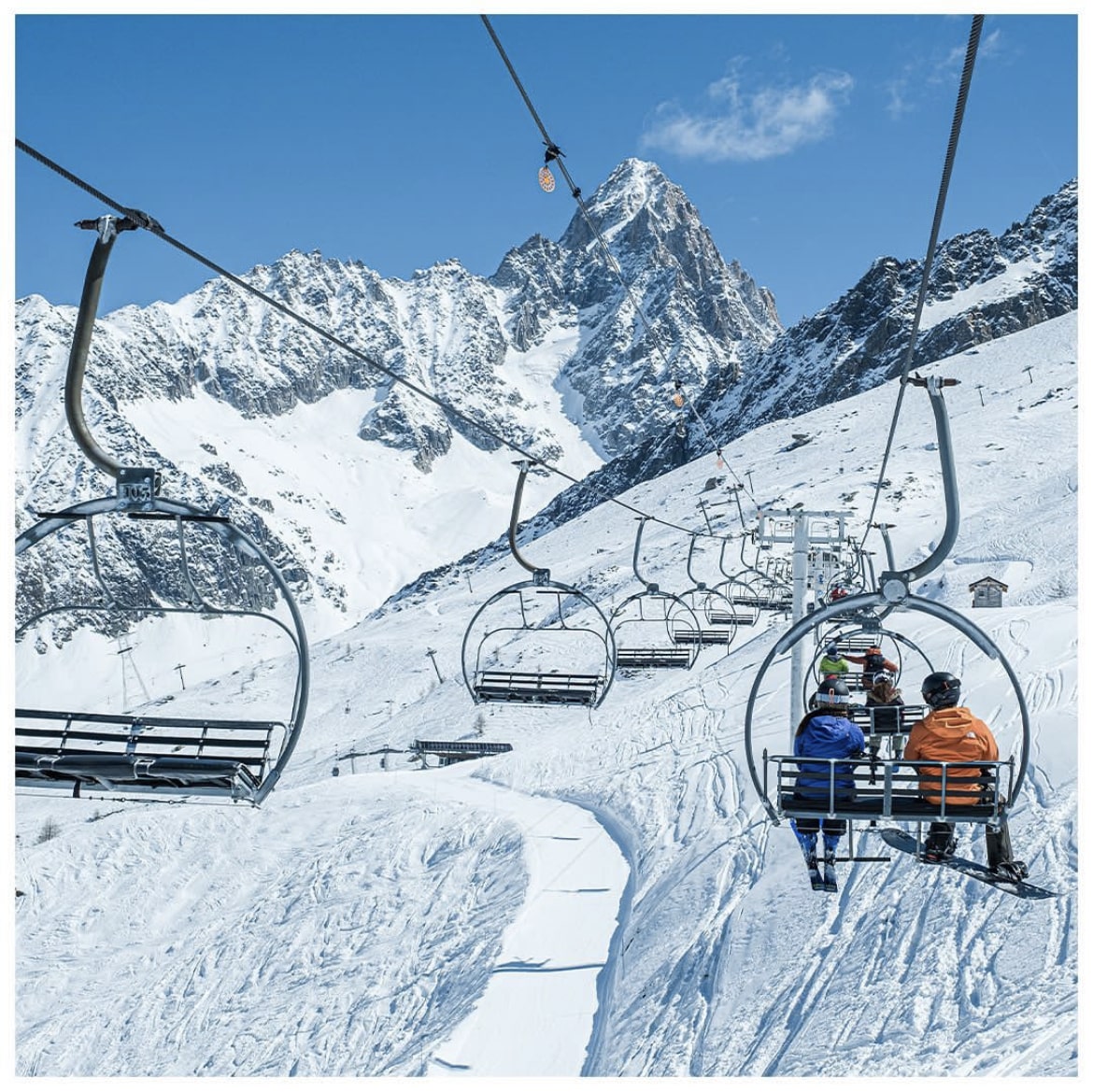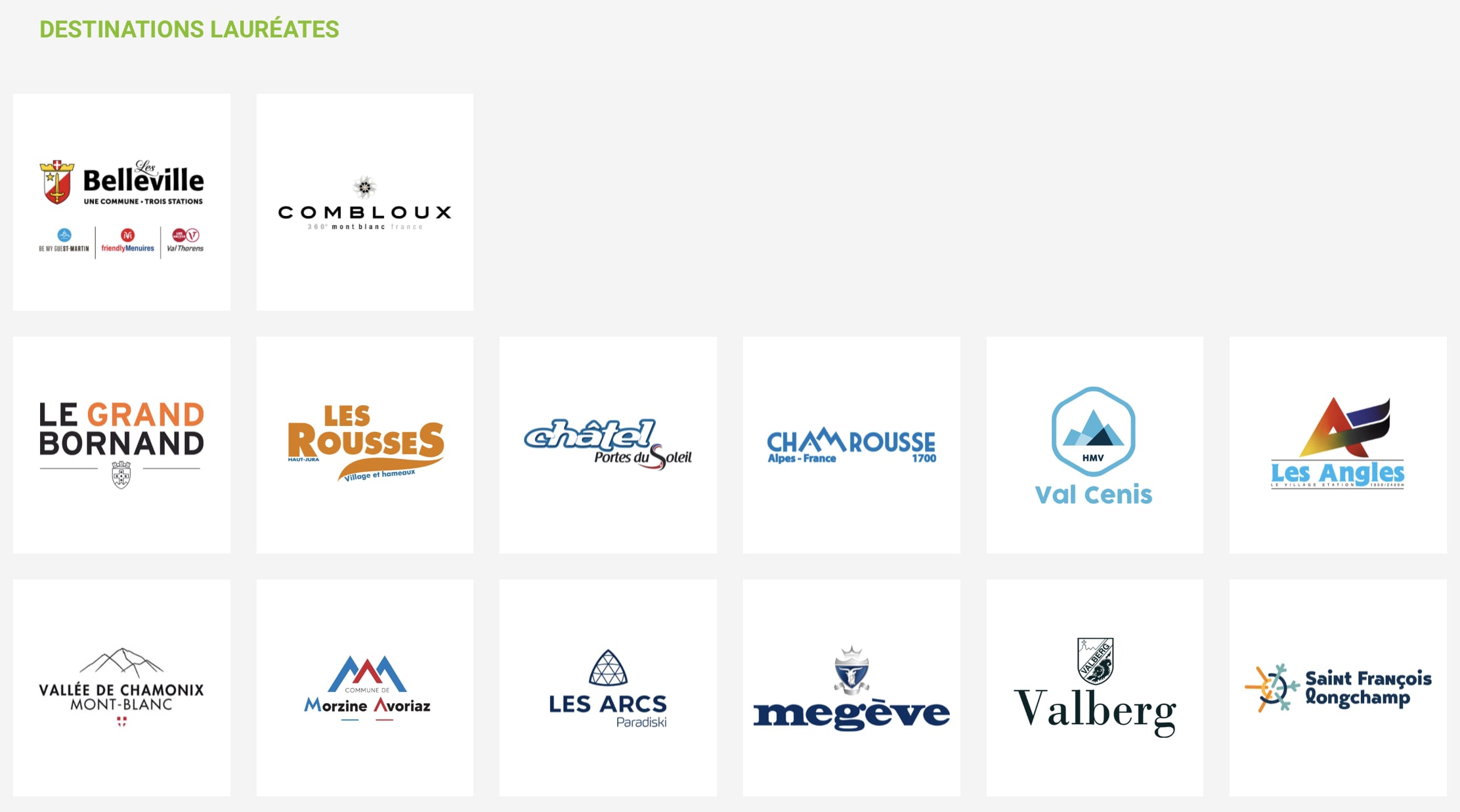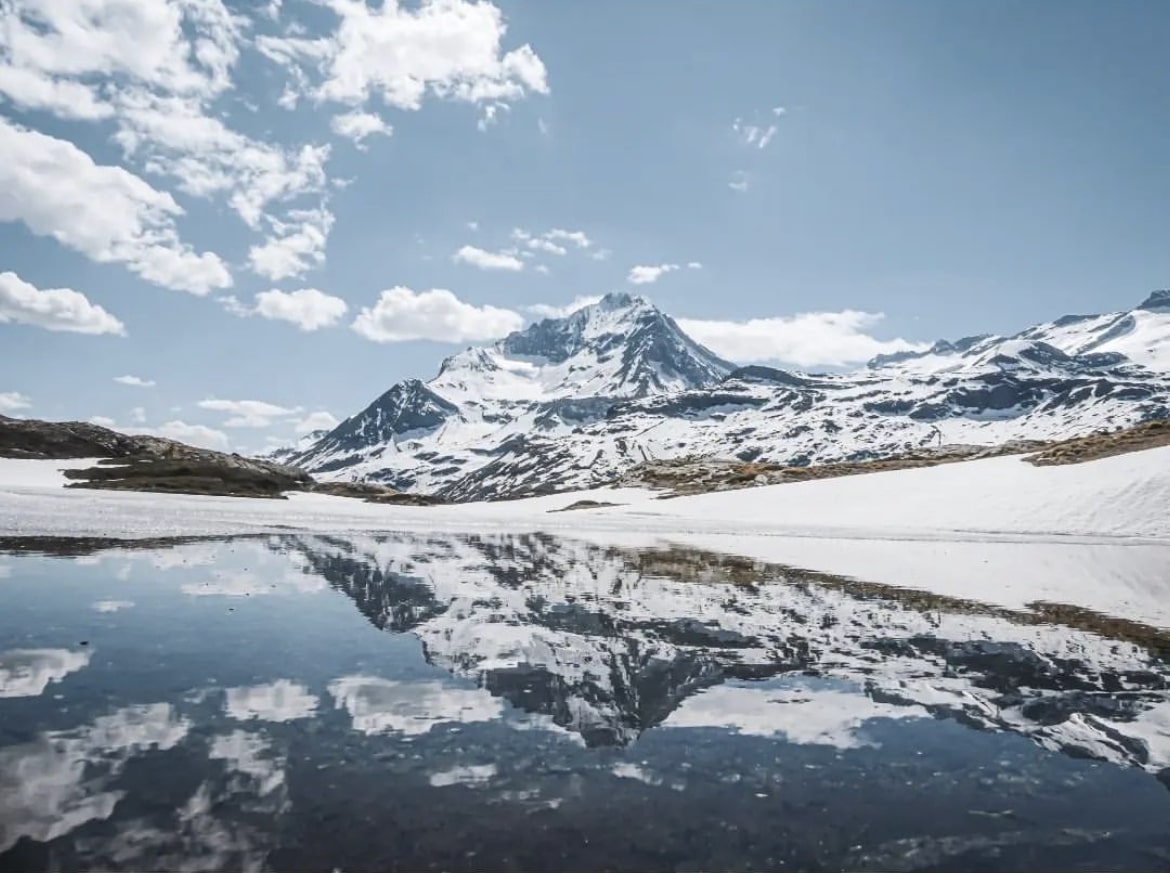
Rising energy prices in Europe have lead to governments appealing to industries and individuals to cut energy usage and heating this coming winter. Ski resorts across the Alps are considering their options for the 22/23 season. SnowBrains recently looked at the situation in Switzerland. Today, SnowBrains is taking a look at the situation across French resorts.
After two covid-seasons with full closures or significant interruptions to ski operations, French resorts were looking forward to the first normal ski season in two years. Given the energy crisis in Europe, many resort operators are now looking at the upcoming season with some trepidation as energy costs have increased 300% for some.
70% of the almost 300 ski resorts in France have three-year contracts with the state electricity supplier EDF. These are due to be renegotiated this fall and some fear EDF will ask for a twenty times increase to previous prices. EDF has estimated a price of €800 – 1,000 a megawatt, and last winter it was only €50 a megawatt. Anne Marty, Deputy President of the French ski regions’ union, Domaines Skiables de France (‘DSF’), is petitioning the French government to enforce the EU proposal that would cap prices at €180 per megawatt an hour.
France’s President Emmanuel Macron requested all businesses and individuals to cut electricity consumption by 10% until March 31, 2023. For example, the Eiffel Tower will turn off nighttime illumination earlier, and swimming pool temperatures across the country are being lowered. Ski resorts have stated that they are more than willing to do their share. “With some smart changes, we can all achieve a 10% decrease,” Alexandre Maullin, President of the DSF confirmed. Suggestions that have been brought forward in France to manage the 22/23 season are:
- Running one cable car instead of 2
- Slowing chairlift speed from six meters to four meters a second
- Not grooming every run every day
- Passing on some of the energy price increases to customers
However, given the potentially exorbitant price increase, Anne Marty from DSF emphasized that many resorts cannot open with the price increase suggested by EDF. DSF is petitioning for its members to be put under the same government support scheme as other energy-intensive industries, which shields them from exorbitant price hikes. Households had energy price increases frozen at 4% under a program called “bouclier tarifaire.” Marty stresses that 120,000 jobs in France depend on ski areas according to the ski union. Their ability to operate is vital for these jobs.

Several ski operators that have invested in producing renewable energy remain optimistic about the season. 48 of France’s almost 300 ski resorts committed in October 2020 to reducing their C02 emissions and are sourcing their electricity from renewable sources. This includes four of the largest six resorts which are now powered 100% by green energy, typically using locally sourced hydro-power.
- Les Sybelles: one of the world’s biggest ski areas and the fourth biggest in France with more than 300km of slopes, nearly 150 runs, and 70 ski lifts uses 100% renewable energy sources (hydro, solar, and wind).
- Les Trois Vallees: including the ski areas of Courchevel, Meribel, Les Menuires, and Val Thorens, Les Trois Vallees has been using 100% green electricity for more than 10 years.
- Paradiski: combines the ski areas of Les Arcs and La Plagne and is France’s third biggest ski area which has been using 100% renewable energy to power its ski lifts and other electrical needs since 2012.
- Grand Massif: ski area consisting of Flaine, Samoens, Morillon, Les Carroz, and Sixt, making it the country’s sixth biggest, has also been 100% green energy powered since 2016.
Several other French resorts are making strong forays into sustainability and 14 have received the French sustainability award ‘Flocon Vert’ (which translates as ‘the green snowflake’), like Megeve and Chamonix.

In Val Cenis, an online platform enables operators to establish the real-time usage of all facilities and optimizes electricity usage that way. Sensors relay back real-time information on the number of skiers and outside conditions and can change the lift speed if it deems it unnecessary to operate at maximum speed. Studies have shown that reducing the speed of the chairlift from 6 m/s to 4 m/s can cut electricity usage by almost 50%. It only increases the travel time on the chair by 1.5 minutes which is barely noticeable to guests. This system has been able to reduce energy usage over the season by 10-30%.
While France is less reliant on Russian gas as it produces 70% of its electricity from nuclear power, rising energy prices have hit France like they have hit the rest of Europe. To further aggravate the situation, half of France’s 56 nuclear power stations are currently not operating due to overdue maintenance post-covid.
It shows that an early switch to renewable energy sources is paying off for those 48 resorts that committed to the sustainability initiative back in 2020. Even after the end of the war in Ukraine, renewable energy will be the way forward at ski resorts the world over—and not just for financial reasons.

Good hopeful read, thanks.
Quite frankly, cableways are some of the most energy-efficient transport systems available. Snowmaking, excessive grooming and excessively heated buildings are areas to cut back. A lot more energy is consumed getting to the parking lot than people realize.